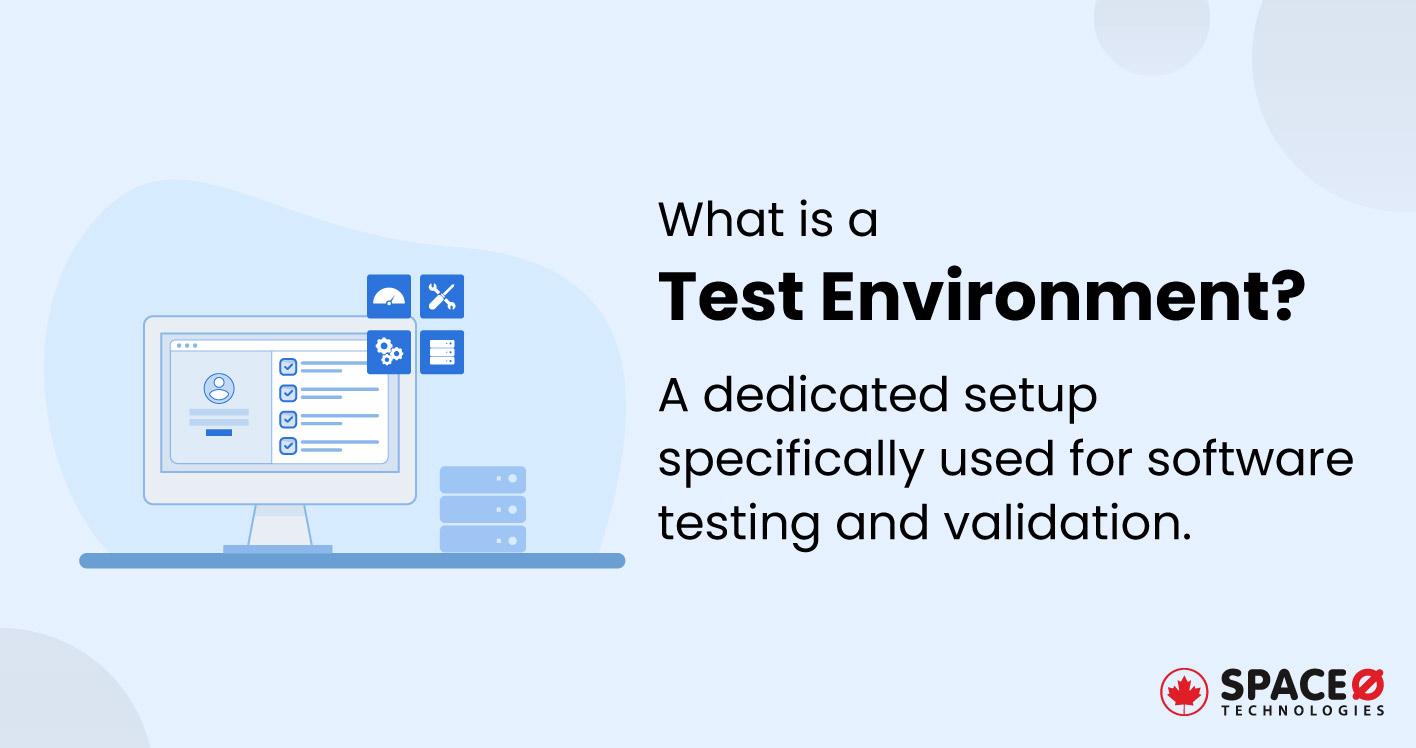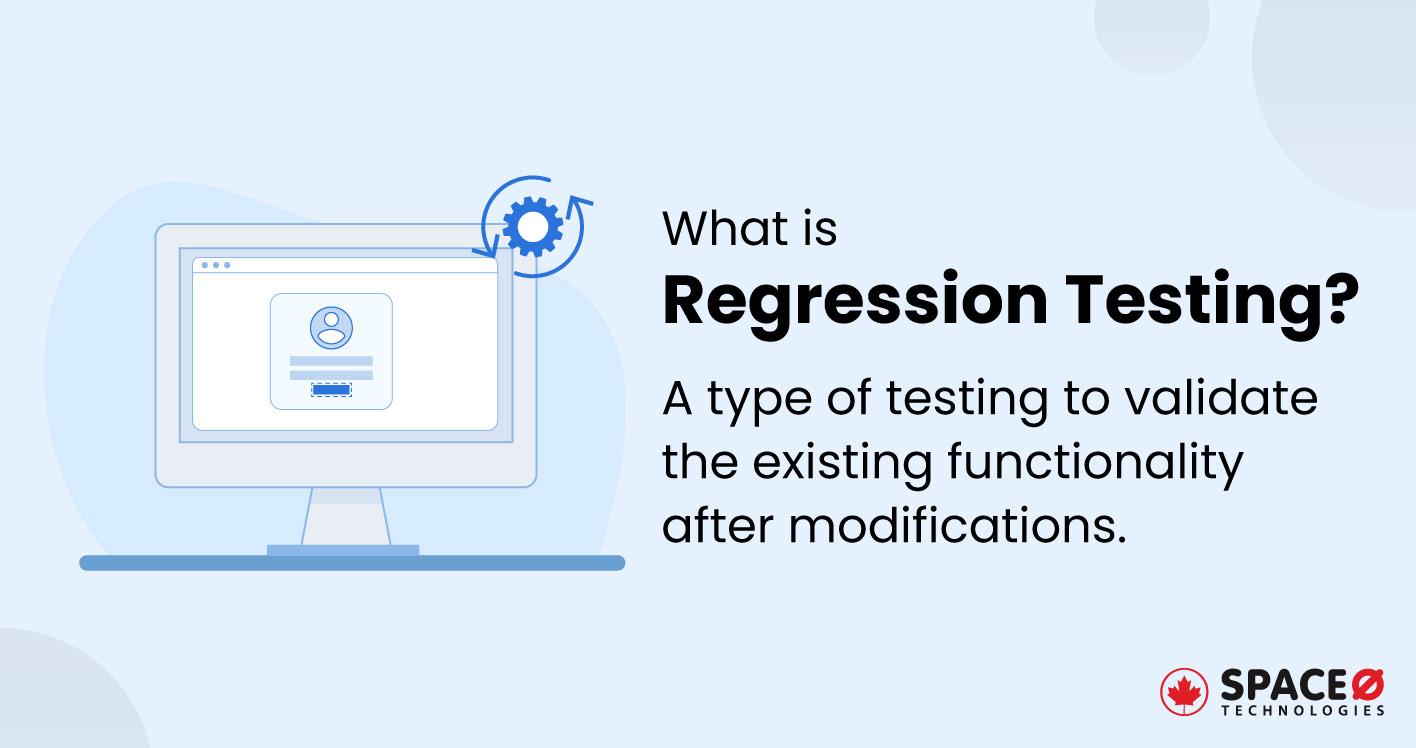
What is Automated Testing in Software Testing? [Explained in Simple Terms]
Table of Contents
What is Automated Testing?
Automated testing is a testing process to validate a software product against its pre-defined requirements using automation testing tools.
The automated testing process involves three steps:
- Use of software tools to run test scripts
- Compare actual results with expected results
- Generate test reports that describe the success or failure of the tests
Automated testing is considered one of the most effective software testing processes as it aims to enhance efficiency, accuracy, and speed by automating repetitive tasks.
In addition, you can apply automation testing in different types of software testing based on your project requirements and goals. However, if you are unaware of what types of testing can be conducted throughout the software development process, you can read our complete guide on software testing types.
Moreover, in the next section, you can get brief information about the type of automation testing.
7 Types of Automated Testing
Here are the 7 types of automated testing that you should perform while testing a software application.
Unit Testing
This type of automated test is focused on testing individual units of the software application to ensure that they function as expected. Unit tests are designed and executed by developers.
Through unit tests, developers can verify if each piece of code is working correctly or not. Generally, unit tests are small and quickly executed so you can find the issues at an early stage in the development process.
Although, if you want to learn more about unit testing, read this article on what unit testing is. Going through this post will help you to better understand unit testing, how it works, and its benefits.
Integration Testing
Integration testing refers to checking the different components or modules’ interactions within the software. The purpose of this testing is to validate whether the different components of the software work together as expected or not.
Integration testing is executed after unit tests and helps identify issues that may arise when different components are combined.
Functional Testing
Functional testing relates to testing the functionality of the software application if it’s working properly as specified in the design phase. This type of testing is typically performed with both methods of software testing; manual and automated.
Functional tests are created to make sure that the software application is working as per requirements and user experience is consistent and meets the pre-defined requirements.
Regression Testing
Regression testing is to test the software application after changes are made for ensuring that the existing functionalities are not impacted. Regression testing is important to execute when changes are made to the codebase of the software application.
The purpose of conducting this testing is to identify and fix any issues that arise after changes. Regression testing can be time-consuming when done manually, so automated tests can help speed up the process.
Performance Testing
Performance testing is to validate whether the software performs as expected under various conditions or not. This type of testing is essential for software apps that are expected to handle a large number of users or transactions.
In such cases, executing performance tests is helpful for you to identify bottlenecks or areas that need to be optimized within the software.
Acceptance Testing
Acceptance testing is to validate the tests to check that the software meets the requirements specified by the customer or end-user. This type of testing is typically performed by the customer or end-user and can include both automated and manual tests.
Acceptance tests are designed to ensure that the software application meets the needs of the end user and that it is ready for release.
Smoke Testing
Smoke testing involves running a subset of tests to ensure that the most critical functionality of the application is working correctly. Smoke tests are typically performed after a new build has been deployed to identify any major issues that need to be addressed.
Smoke testing is a quick way to catch any major issues that may have been introduced during the development process.
As you understand the types of automated testing, let’s now check the benefits of automation testing.
7 Advantages of Automated Testing
There are several advantages of conducting automated testing. In the below section, we have mentioned the advantages of automation testing compared to manual testing. Although, if you want to properly utilize it and know how it benefits, you should first understand what manual testing is.
- Increased efficiency: With automation testing, you use automated tools to perform the testing of your software application which eliminates the need for manual intervention. So, you can save time and improve the efficiency of the testing process.
- Increased test coverage: With automated tests, it becomes easier for you to test a large number of combinations of inputs and conditions. Automated testing can cover more scenarios and test cases than manual testing. So, you can identify issues that might not be found through manual testing.
- Improved accuracy: You need to design precise and accurate automated test scripts to catch issues that might be missed through manual effort. Thus, automated testing is more accurate compared to manual tests as it eliminates human error.
- Increased reusability: In automation testing, you create new tests for each new release and reuse the same test cases multiple times. This way, you can save time and effort while testing the software application.
- Cost-effective: Automated testing is more cost-effective than manual testing since it reduces the need for manual labour. By automating tests, you can save time and money that would have been spent on manual testing.
- Improved consistency: Automated testing is more consistent than manual testing since it eliminates the risk of human error. Automated tests are designed to run the same way every time, which helps ensure that the results are consistent and reliable.
- Faster feedback: Automated testing provides faster feedback on the quality of the software application. This helps software development teams identify issues earlier in the software development process and fix them more quickly.
Best Test Automation Tools
Here are the names of the best 5 automated software testing tools.
- Selenium: A popular open-source test automation tool to perform web testing.
- Appium: An open-source tool for automated mobile app testing.
- JMeter: A popular tool for load testing.
- Jenkins: A continuous integration and continuous delivery (CI/CD) tool that can be used for automated testing.
- TestComplete: A commercial tool for automated testing.
5 Best Practices for Automated Testing
Here are the 5 best practices for automated testing.
- Identify the right test cases to automate: You need to write test cases that are repetitive, time-consuming, or require large amounts of test data. Creating the wrong tests for automating testing could be a waste of time and resources.
- Keep tests simple: While writing automated test scripts, you need to keep them simple and easy to understand. Avoid designing complex tests that are difficult to maintain and update. Simpler tests are easy to execute and update and less prone to issues.
- Test early and often: You can integrate automation testing into the development process from the beginning. Tests should be run frequently to detect defects early and reduce the cost of fixing them later.
- Use data-driven testing: Data-driven testing allows you to run the same test with multiple sets of data. This helps to increase the coverage of tests and reduce the time required to create new tests.
- Collaborate across teams: Involve developers, testers, and business stakeholders in the testing process to ensure that testing is aligned with business requirements. This helps to ensure that testing is focused on the most critical areas of the application and that defects are addressed promptly.
In conclusion, automated testing is a software testing technique that involves the use of software tools to execute pre-scripted tests on software. Depending on your requirements, you can perform different types of automated testing such as unit testing, integration testing, functional testing, regression testing, performance testing, and load testing.
All our projects are secured by NDA
100% Secure. Zero Spam
*All your data will remain strictly confidential.
Trusted by


Bashar Anabtawi
Canada
“I was mostly happy with the high level of experience and professionalism of the various teams that worked on my project. Not only they clearly understood my exact technical requirements but even suggested better ways in doing them. The Communication tools that were used were excellent and easy. And finally and most importantly, the interaction, follow up and support from the top management was great. Space-O not delivered a high quality product but exceeded my expectations! I would definitely hire them again for future jobs!”

Canada Office
2 County Court Blvd., Suite 400,
Brampton, Ontario L6W 3W8
Phone: +1 (437) 488-7337
Email: sales@spaceo.ca




